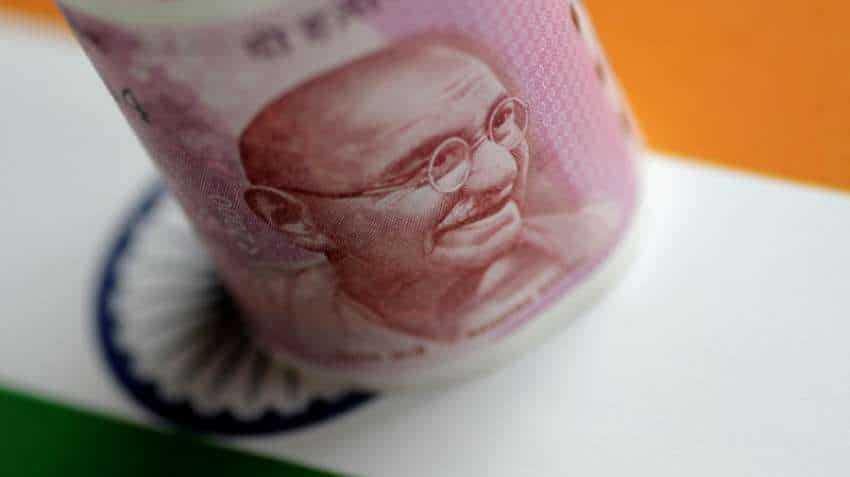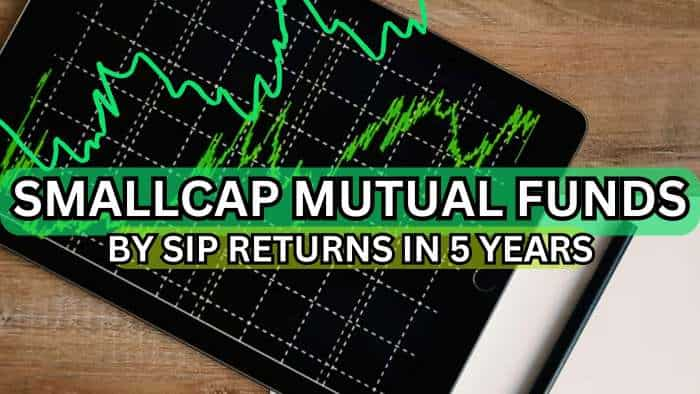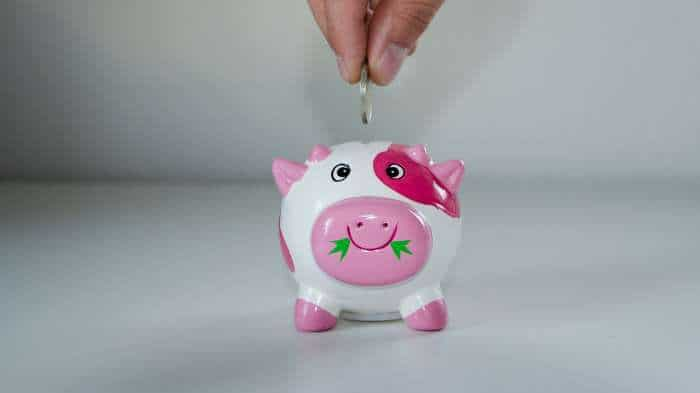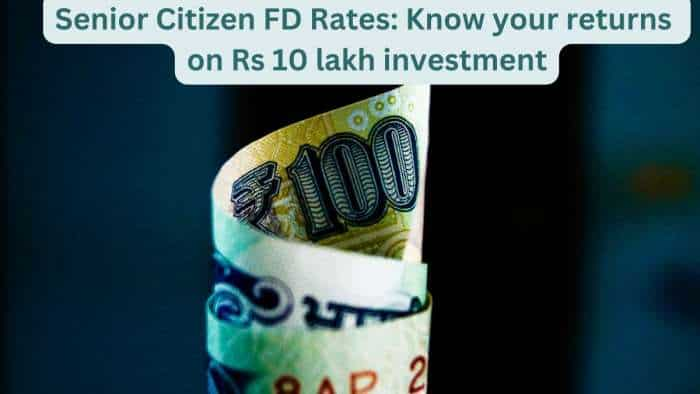Indian Rupee at all-time low against US dollar; Eight ways it will hit your pocket

Six months have passed now for 2018 and in these period nothing has went right when it came to Indian rupee. The currency against US dollar benchmark index has been trading buoyant since January, and it even entered above 68-mark in May month and have continued since then trading on those levels. Interesting, on Friday, the Indian rupee was just an 100 basis points away in marking 69-level as well. The domestic currency on Friday has hit a new all-time low of low of 68.900 against American currency at interbank forex market. It needs to be noted that, Indian rupee last time was at 68.909 in February 25, 2016, since then this would be a new low of the currency against dollar.
However, after opening at this new record high, the rupee got little breather during the trading session, as it ended on 68.445 above 0.350 points or 0.51%.This ease in rupee was on the back of the Reserve Bank of India (RBI) intervention who made heavy selling in dollar. Also strong domestic indices supported the Indian rupee’s performance.The benchmark Sensex indices has finished at 35,423.48 above a whopping 385.84 points or 1.10% on Friday, whereas the Nifty 50 jumped over 125.20 points or 1.18% closing at 10,714.30.
Anindya Banerjee analysts at Kotak Institutional Equities said, “A corrective decline which is underway, can take prices towards 68.40/50 resistance turned support zone. We would inclined to go long if prices drop down to those levels, with stops below 68.40 on a closing basis.Resistance remains between 69.00/69.10 levels on spot.”
Nevertheless, Banerjee added, “incase of a breakdown below 68.40, we can expect a retracement towards 68.00 levels initially and even towards last Friday’s lows of 67.70 on spot.”
How does rupee performs in coming days will be keenly watched. Next big thing in India is the one year anniversary on Goods and Services Tax (GST) which is tomorrow. A performance report of this regime and views of Prime Minister Narendra Modi government will be keenly watched by investors.
Whether rupee enters below 67-level or not against US dollar, it needs to be noted it is still remains an expensive currency for us and even other traders. There are many factors which will impact us if Indian rupee continues to depreciate between 68-69 mark.
Here’s how your pocket will be hit, if Indian rupee continues to be in free fall.
Daily expenses
There are some daily expenses which no common man can ignore. It is highly needed to sustain their life. The products which are imported in India will get expensive for consumers. Usually when rupee depreciates, the producer of the products pay more rupees for dollars. Products like petrol, diesel, chemicals, soap, textiles, cosmetics, oil seeds, edible oils, dairy products and many more.
Products like soaps, detergents, deodorants and shampoos in FMCG sector are linked with crude oil, they may get expensive ahead.
Salary
Employees working in import dependent companies will see impact on your pay package if Indian rupee gets expensive. Because companies will have to pay extra for their raw material purchase, there is possibility you might either see reduction in salary or status quo.
Sectors like Pharmaceuticals & Drugs, Fertilizers, Electric equipment, Mining & Minerals, Aluminium and products, Diamonds & Jewellery, Pesticides & Agrochemicals, Textile- Manmade Fibers, Plastic Products, Consumer food, Refineries and steel depend on imported raw materials whose cost would increase with rupee depreciation.
Refineries, steel, industrial gases and fuels, mining & minerals and aluminium industry are largely dependent on imports for their raw materials. The total raw material imports of these top 5 industries together account for more than 80% of the total raw material imported.
Investment
If you have invested in equities than you may find the above mentioned sectors may not bring you the amount of return expected. Also companies with huge foreign borrowings will see doomsday when rupee depreciates.
Sectors which are export oriented are always best option for investment when rupee depreciates as they tend to generate better revenue on exchange rates.
Education loans
In case if you have taken loan for studies in overseas countries, than it is bad for you when rupee is in free falls.
For example, if you have taken a loan of $40,000, and you paid your first installment of $10,000 at Rs 64 per US dollar, then your total cost will be Rs 6.40 lakh. However, in current scenario where rupee has inched near $69, then your second or third installment of $10,000 would cost you Rs 6.90 lakh.
However, if you graduate in midst of rupee depreciation in a foreign country, than this can be a good news for you as once you start earning in dollars you will be able to recover loan at much faster time.
Foreign vacations
Yes your vacations to favorite destination will hit your pocket. For example, if you plan to go for a trip to New York and $10,000 vacation cost at Rs 63 than your total cost for trip would be Rs 6.30 lakh. If rupee goes at 69 than the same trip would be costing you for Rs 6.90 lakh.
Petrol and diesel prices
Any change in Indian rupee has a direct impact on petrol and diesel.
So far the current situation is rising crude oil, coupled with Indian government ruling out excise duty cuts and various states’ being reluctant in reducing the VAT on fuel prices, has left limited room for OMC to make any relaxation in the price of the product.
As India relies heavily on oil import by nearly 80%, it becomes expensive for government to purchase crude oil from foreign countries resulting in higher import bills. This leaves no alternative but inflating the prices of all directly linked commodities thereby also petrol and diesel prices.
Inflation
Free fall in rupee and higher fuel prices would impact inflation. It needs to be noted that India has a lot of transportation, especially for fruits and vegetable happens through road. Any rise in fuel could increase prices of components like food inflation, fuel products, fruits and vegetables which is not a good sign for consumers.
Interest rates
Almost every salaried employee or family members need loan once in their lifetime. Banks credit growth in FY18 clocked a double digit growth of 10.9% in the fiscal, as per RBI. Now if rupee depreciates this would trigger hike in interest rates.
One should always remember RBI is an inflation trajectory government and to control this macro indicator, the central bank will have to increase policy repo rate. This is the current scenario, HRA allowance, crude oil and MSP price is seen to pressurize inflation ahead, which is why, RBI has increased repo rate to 6.25% from previous 6% in latest monetary policy. This would be first hike in NDA government’s regime.
This would mean RBI would charge a higher interest rate for all money given out to scheduled commercial banks (SCB).
If a bank is paying higher interest rate to RBI, this will leave no option for them but to charge customers with higher lending interest rate especially when it comes to home and auto loans.
Hence, borrowing cost on home loans, auto loans, personal loans and gold loans would rise further.
Well how does a rupee travels against US benchmark dollar index will be keenly watched. Remember the above mentioned points for understanding if rupee continues to stay in free fall.
Get Latest Business News, Stock Market Updates and Videos; Check your tax outgo through Income Tax Calculator and save money through our Personal Finance coverage. Check Business Breaking News Live on Zee Business Twitter and Facebook. Subscribe on YouTube.
12:54 PM IST











 Indian rupee to get support at 85.5, in case of breach it may test 86.5 against US dollar: UBI
Indian rupee to get support at 85.5, in case of breach it may test 86.5 against US dollar: UBI Rupee slips 11 paise to 85.75 against the US dollar amid strong greenback and low trading volumes
Rupee slips 11 paise to 85.75 against the US dollar amid strong greenback and low trading volumes Currency market update: Rupee settles 4 paise lower at 83.96 against US dollar
Currency market update: Rupee settles 4 paise lower at 83.96 against US dollar Rupee rises to 83.49 against US dollar in early trade
Rupee rises to 83.49 against US dollar in early trade Rupee slips to end at 83.52 vs dollar
Rupee slips to end at 83.52 vs dollar